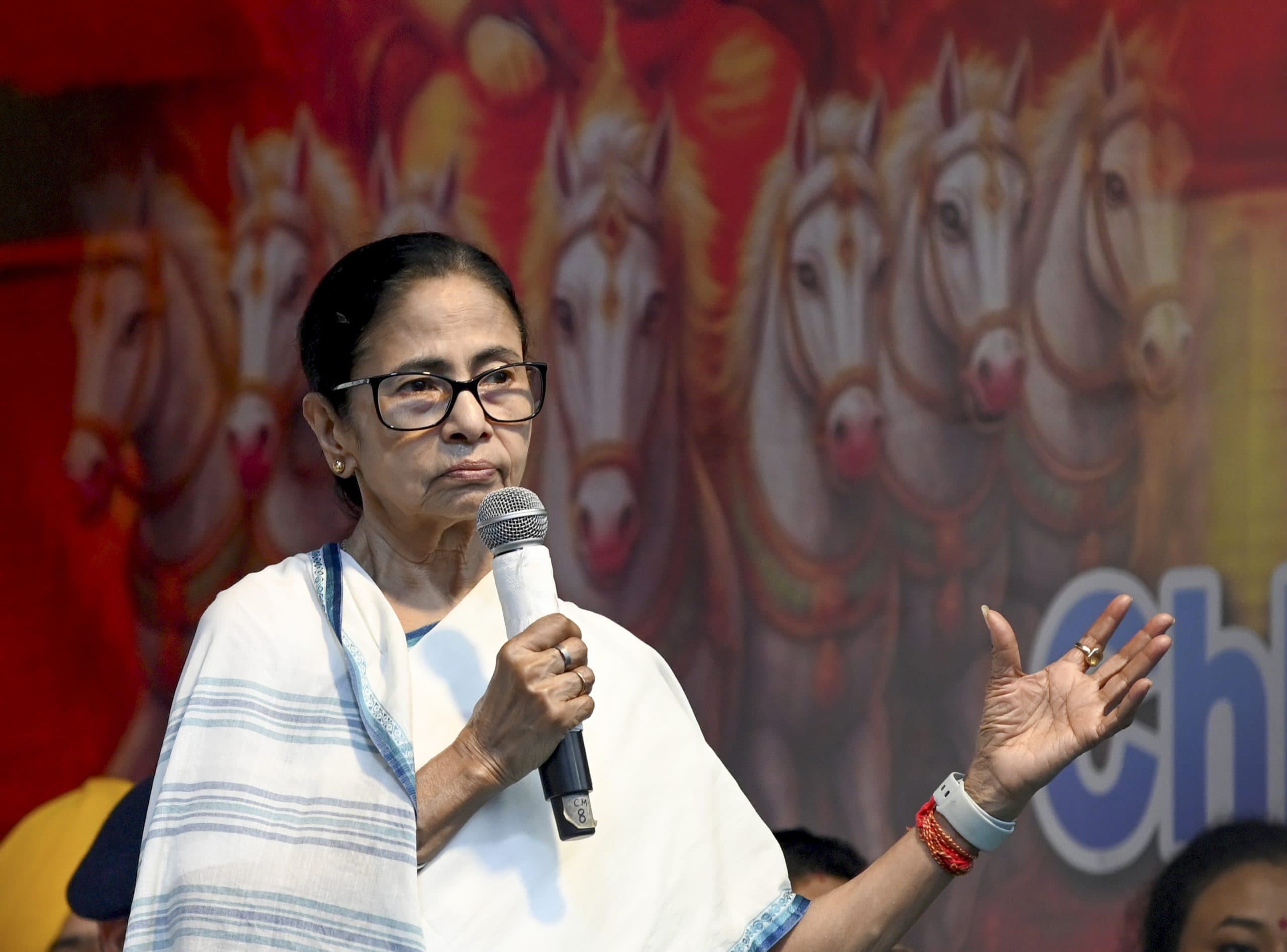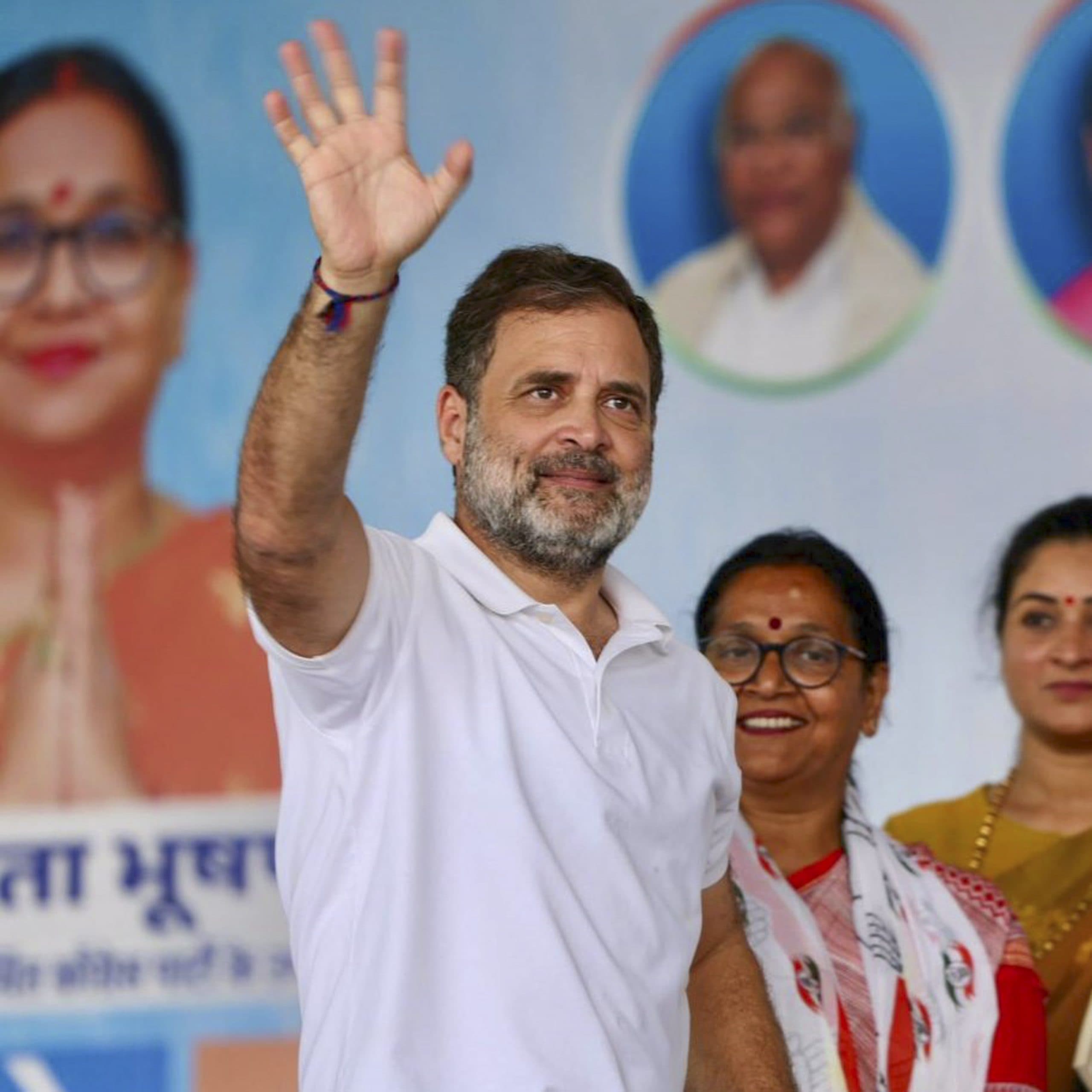In 2025, India faces intensifying heatwaves, with temperatures soaring above 40°C across northwest and central regions, as reported by The Hindu on June 2, 2025. Impacting 75% of the workforce—380 million people in heat-exposed sectors like agriculture and construction—these conditions are slashing productivity, costing an estimated $100 billion annually, per the International Labour Organization (ILO).
In This Article:
Centered in states like Rajasthan, Uttar Pradesh, and Delhi, heatwaves are driven by climate change, threatening economic growth and worker health. The government’s push for Heat Action Plans (HAPs) aims to mitigate losses, but gaps in implementation persist.
A Dire Economic Toll
A 2022 World Bank report warned that India could lose 34 million of the projected 80 million global jobs by 2030 due to heat stress, with a 5.8% reduction in working hours, equivalent to 43 million full-time jobs, per UNESCAP. The informal sector, comprising 92.4% of India’s workforce per the IMF, is hit hardest, with Delhi’s informal workers losing 40% of earnings during heatwaves, according to Dr. Somanathan of the Indian Statistical Institute. Agriculture and construction, driving 50% of GDP, face severe disruptions, with 191 billion labour hours lost in 2022 alone, translating to a $219 billion income loss—6.3% of GDP—per Lancet.
Health and Social Impacts
Heat stress, defined as temperatures above 35°C with high humidity, impairs physical capabilities, increases absenteeism, and risks heatstroke, per the ILO. A 2024 ScienceDirect study linked longer, intense heatwaves to higher mortality, with 143 deaths and 42,000 heatstroke cases in 2024, per Frontline. Informal workers, like Rajrani from Lucknow, who fainted in 43°C heat, face a brutal choice between health and income, Women and marginalized groups, often in vulnerable jobs, suffer disproportionately, exacerbating inequalities, per the University of Cambridge. Livestock and crop yields also decline, with wheat production down 6–7% in 2022 and milk yields projected to drop 25% by 2100, per Cornell University.
Policy Gaps and Mitigation Efforts
The National Disaster Management Authority’s 2016 guidelines spurred state-level HAPs, but a 2024 Centre for Policy Research study found inadequate funding and local context, per Climate Policy Initiative. Innovations like EcoZen’s solar cold storage and Sahaja Seeds’ heat-resistant crops show promise, but affordability remains a barrier. The government’s ₹7.5 lakh crore infrastructure push in 2025, per The Weather Channel, risks further strain if heat impacts are ignored.
A Call for Urgent Action
With heatwaves projected to occur every three years instead of once in 312, per the UK’s Met Office, India’s economy faces a vicious cycle of reduced productivity, rising food prices, and strained power grids. Declaring heatwaves a national disaster, as suggested by The Daily Pioneer, could enhance resilience. Without comprehensive HAPs, urban cooling solutions, and private-sector innovation, India risks losing its $5 trillion economy goal by 2025, underscoring the urgent need to protect its workforce from climate-driven heat.
-By Manoj H




